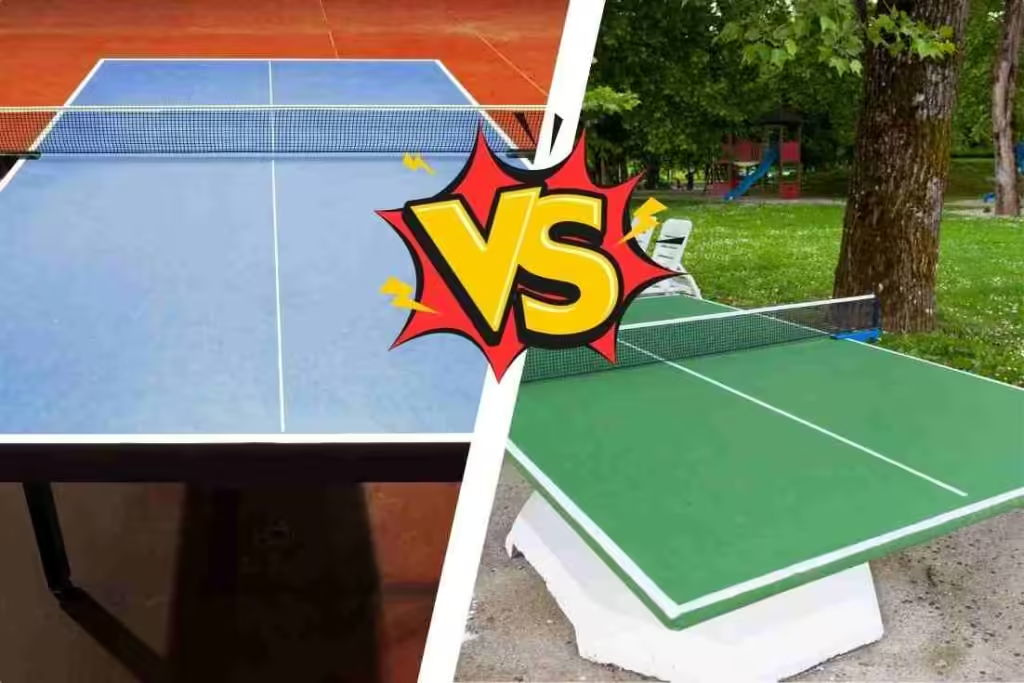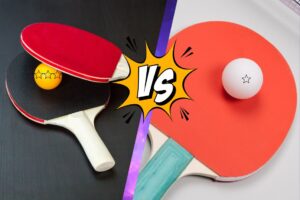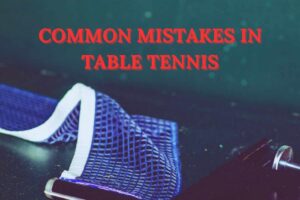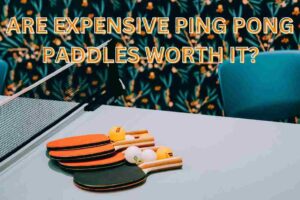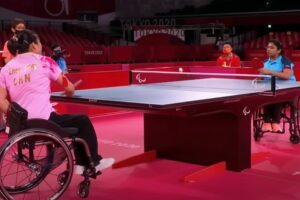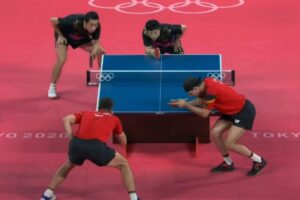Indoor vs Outdoor Table Tennis Table – a decision that can define your ping pong experience. The distinction between indoor and outdoor tables is significant. Indoor tables are designed for climate-controlled environments, ensuring consistent bounce and performance. On the other hand, outdoor tables are built to withstand various weather conditions, making them suitable for open spaces.
The increasing popularity of outdoor table tennis can be attributed to the flexibility it offers, allowing players to enjoy the game in diverse settings. This guide aims to provide a comprehensive understanding of the differences between indoor and outdoor tables, helping players make informed choices based on their playing environment.
Indoor Table Tennis Tables: A Comprehensive Guide
Tables designed for the indoor sport of table tennis are meticulously crafted to meet the exacting requirements of competitive play. The construction typically involves high-quality materials like wood, often layered with laminate or other top surfaces to ensure an optimal bounce. These tables boast a sturdy frame, allowing for rigorous and intense rallies.
Features and Characteristics
- Surface Quality: Indoor tables prioritize a consistent and smooth playing surface, essential for accurate ball control.
- Durability: Designed for controlled environments, these tables may not withstand outdoor conditions or impacts.
Advantages
- Bounce Quality: Indoor tables excel in providing a consistent and reliable bounce, crucial for serious players.
- Performance: Designed to meet international standards, indoor tables offer a professional playing experience.
Limitations
- Not Weatherproof: Indoor tables are susceptible to damage in outdoor environments due to exposure to weather elements.
- Space Requirement: These tables are optimized for dedicated game rooms, requiring a stable and controlled environment.
Outdoor Table Tennis Tables: A Comprehensive Guide
Outdoor table tennis tables are crafted with weather-resistant materials like aluminum, coated steel, or synthetic laminate to withstand varying climatic conditions, preventing warping or rusting. These tables are designed to play table tennis on, featuring a weatherproof surface that ensures optimal bounce, even in outdoor settings.
Features and Characteristics
- Weatherproofing: Outdoor tables possess a sturdy build, often with corrosion-resistant features and a UV-coated playing surface for durability against rain, sun, and humidity.
- Portability: Many outdoor tables come with wheels for ease of movement and storage, enhancing their practicality.
Limitations
- Durability: Resistant to weather elements, ensuring prolonged use outdoors.
- Versatility: Suited for recreational play in diverse environments, from backyards to parks.
Limitations
- Play Quality: Despite advancements, outdoor tables may not match the playing quality of professional indoor tables due to surface differences.
- Maintenance: Regular upkeep is necessary to sustain the table’s weather-resistant properties.
Indoor vs Outdoor Table Tennis Tables: Key Differences
Weather Resistance and Durability
- Outdoor tables are built with weather-resistant materials like galvanized steel and aluminum, ensuring they withstand elements like rain and direct sunlight.
- Indoor tables prioritize surface quality over weather resistance and are susceptible to damage from moisture and temperature fluctuations.
Playing Surface Quality and Bounce
- Indoor tables offer better bounce consistency due to their higher-quality playing surfaces, typically made of wood or laminate.
- Outdoor tables may have slightly less consistent bounce due to the weather-resistant surface materials.
Portability and Storage Options
- Outdoor tables often have foldable designs and all-terrain wheels for easy movement and storage.
- Indoor tables might be less portable and generally don’t feature specialized wheels for outdoor terrains.
Price Range and Budget Considerations:
- Outdoor tables tend to be more expensive due to their weather-resistant construction and added features.
- Indoor tables often have a more varied price range, accommodating different budgets.
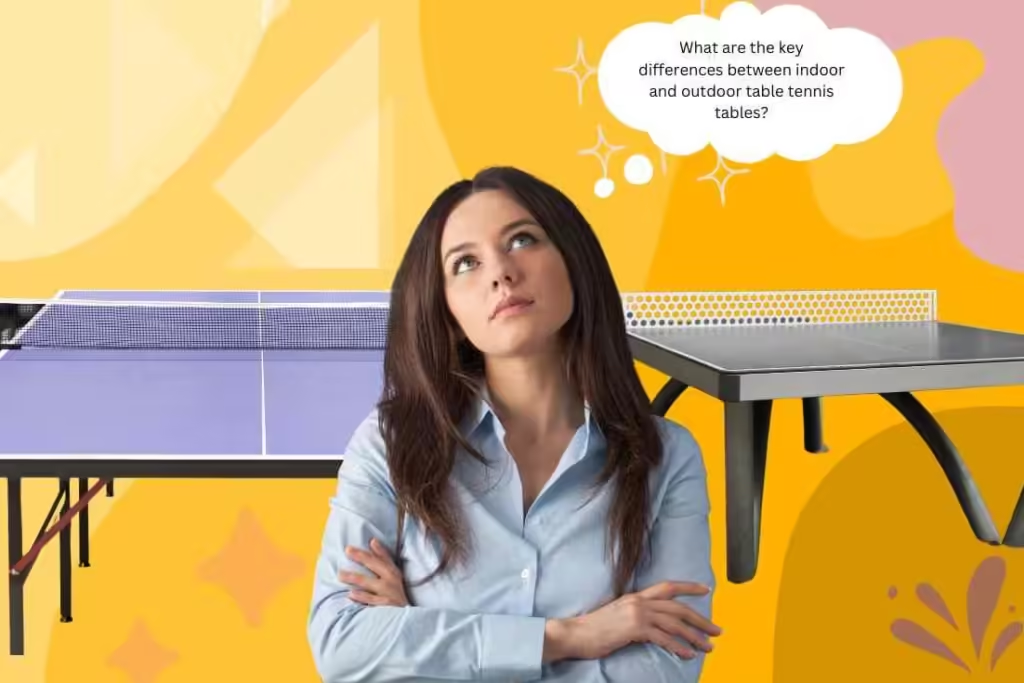
Choosing the Right Table Tennis Table for Your Needs
Choosing the right table tennis table involves considering whether it will be used indoors or outdoors. When selecting a table tennis table, understanding the difference between an indoor and outdoor table tennis table is crucial. Outdoor tables should be weather-resistant, typically made with durable materials like galvanized steel, while indoor tables focus on providing a high-quality playing surface.
For casual or recreational play, an affordable table with decent bounce quality may suffice. However, competitive players might prefer higher-end tables that offer consistent bounce and superior playing surfaces.
When deciding between an indoor vs outdoor table tennis table, determine your budget and balance it with your specific needs. Outdoor tables generally tend to be pricier due to their weather-resistant build, whereas indoor tables offer a variety of options across different price ranges. Make an informed choice to enhance your table tennis experience, whether you play under the sun or in a controlled indoor environment.
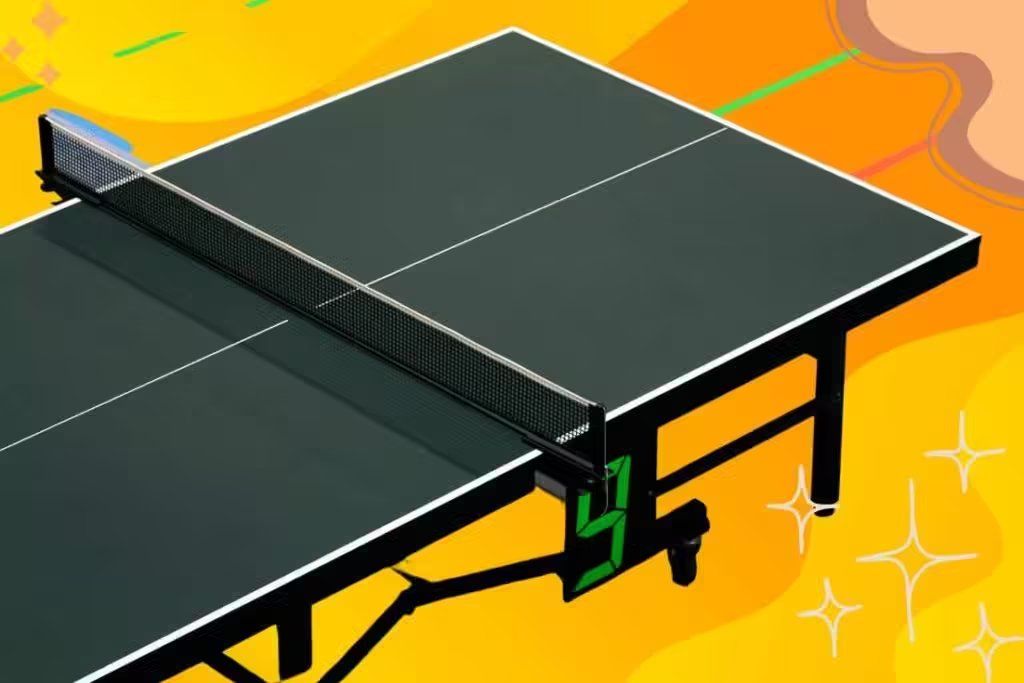
Maintenance and Care Guide for Table Tennis Tables
Use a mild detergent and water solution to clean the surface, followed by drying with a soft cloth to prevent moisture damage. Regularly apply a weather-resistant cover when not in use to protect it from the elements.
Wipe the surface regularly with a clean, slightly damp cloth to remove dust and prevent stains. Avoid placing heavy objects on the table, and use a table cover to shield it from spills and scratches. When considering the maintenance needs of an indoor vs outdoor table tennis table, remember that outdoor tables require more frequent cleaning and protection due to exposure to weather conditions.
During harsh weather conditions, move the outdoor table to a sheltered area or cover it securely with a weather-resistant cover. Inspect and tighten bolts and fittings to ensure stability before each new season.
FAQs
Q: What’s the primary difference between indoor and outdoor tables?
A: Indoor tables prioritize bounce and surface quality, while outdoor tables focus on weather resistance and durability.
Q: Can I use an indoor table outdoors?
A: It’s not recommended as indoor tables may not withstand outdoor conditions, leading to damage.
Q: Any specific care tips?
A: Indoor tables require protection from humidity, while outdoor tables need weatherproofing and periodic maintenance.
In Closing
Indoor tables are crafted with wood materials to ensure consistent bounce and performance, ideal for controlled indoor environments. Outdoor tables, however, incorporate weather-resistant materials, including metals, to withstand diverse weather conditions and retain durability. When comparing an indoor vs outdoor table tennis table, it is important to consider the specific needs and conditions of your playing area.
Consider your playing environment and preferences. Indoor tables are perfect for controlled settings, providing a consistent bounce. Outdoor tables suit varied weather conditions, ensuring durability and resistance to external elements. Tables, whether indoor or outdoor, of superior quality will demand a higher price.
Thank you for exploring the distinctions between indoor and outdoor table tennis tables. Selecting the ideal table depends on your specific requirements and the environment where you want to play table tennis. Assess your playing space, environmental factors, and preferences to make an informed decision.
